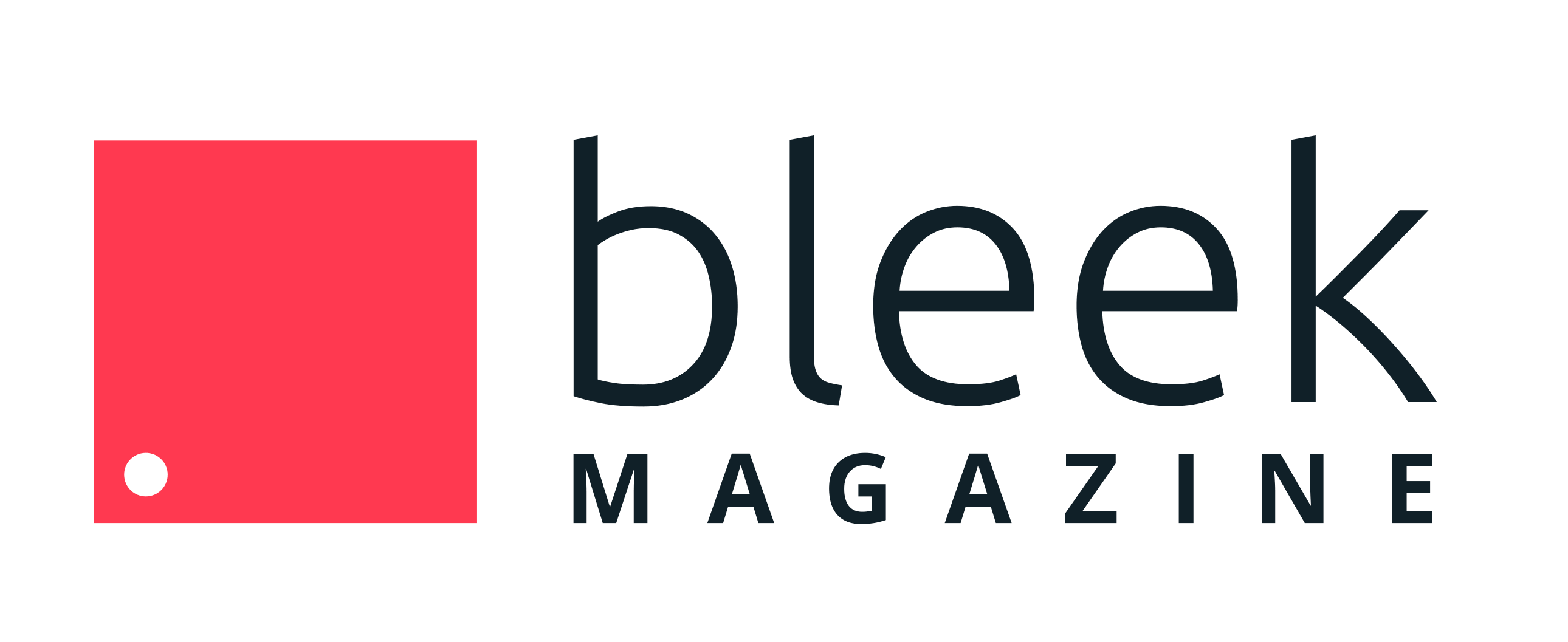Dialogue. When art became part of landscape. Part III
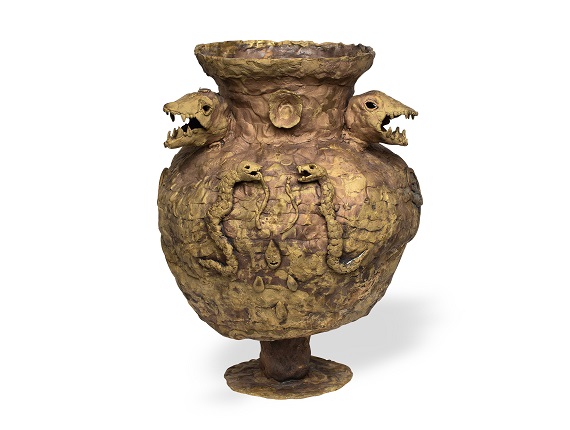
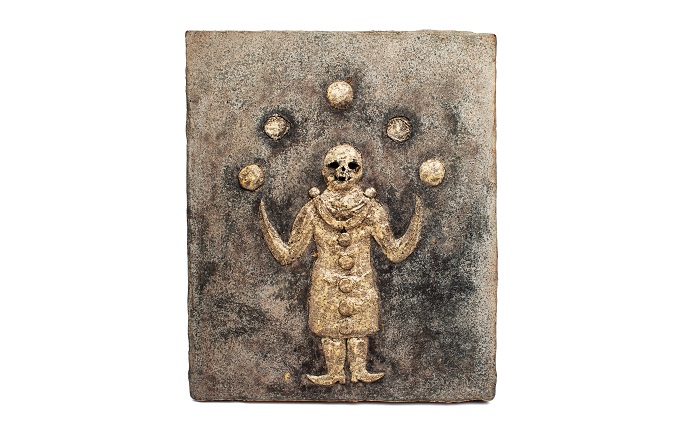
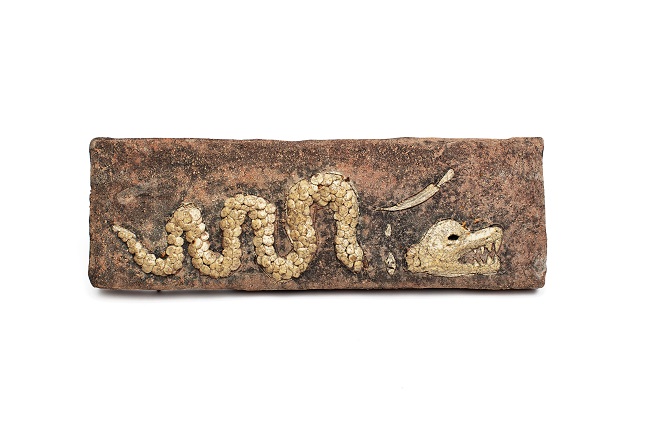
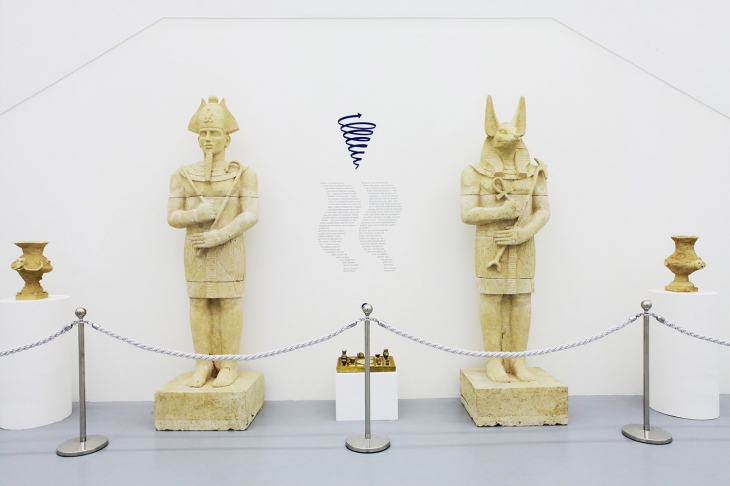

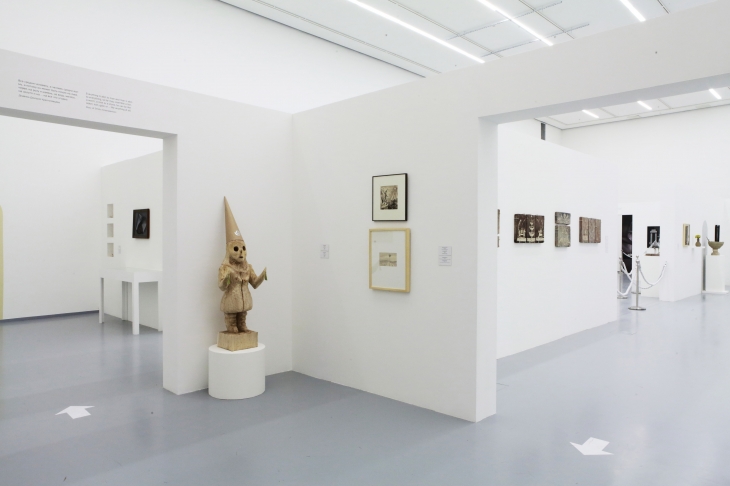
Evgeny Antufiev. Untitled. 2018
Evgeny Antufiev, Lyubov Nalogina. Untitled. 2018
Evgeny Antufiev, Lyubov Nalogina. Untitled. 2018
Moscow, 5.12.2018—24.02.2019
exhibition is over
Share with friends
For the press
MOSCOW CITY DEPARTMENT OF CULTURE
MULTIMEDIA ART MUSEUM, MOSCOW
PRESENT THE EXHIBITION
Evgeny Antufiev — Dmitry Krasnopevtsev. Dialogue
When Art Became Part of Landscape. Part 3
Curators: Svetlana Marich, Anna Zaytseva
With the support of TELE2
With the support of the AZ Museum, Artwin Gallery and Andrey Cheglakov
The Multimedia Art Museum, Moscow presents the exhibition ‘Evgeny Antufiev and Dmitry Krasnopevtsev. When Art Became Part of Landscape. Part 3’, a concept Evgeny Antufiev devised with the curator Svetlana Marich.
The first part of the project opened in June 2018 at the Archaeological Museum Antonio Salinas in Palermo, within the framework of the parallel programme Manifesta 2018. Evgeny Antufiev set himself an ambitious task — to construct a dialogue with unique exhibits in Sicily’s oldest museum. The result exceeded expectations. The exhibition was a resounding success and became the most important event of Manifesta 2018 in Palermo. The second part of the project was shown in Moscow in early October, at the S. T Konenkov Workshop Museum, a branch of the Russian Academy of Arts. This time Evgeny Antufiev created a dialogue with the classic master of Soviet art. Deep reflection on the work of Sergei Konenkov allowed the young contemporary artist to make a present-day context for perception of the sculptor’s works.
Evgeny Antufiev first conceived the idea of a dialogue with Dmitry Krasnopevtsev several years ago. This classic figure in Soviet unofficial art whose work was purchased during the artist’s lifetime by respected Soviet collectors such as Svyatoslav Richter, who greatly admired Krasnopevtsev’s work and organised the artist’s first apartment exhibitions, spent practically his entire career working in the genre of still life. Exactly translated, ‘nature morte’ means ‘dead nature’. Krasnopevtsev left us diaries full of philosophical arguments about the role of archetypal forms in world culture, about life and death, the fundamental problems of human existence and art. These diaries are carefully and lovingly quoted in Evgeny Antufiev’s exhibition.
While entering into a dialogue with the work of Dmitry Krasnopevtsev, whose works are now firmly established in museum and private collections, Evgeny Antufiev creates his own artistic world: sculpture made of bronze, wood, ceramics and photography, and the fantastic spatial installation into which he implants Krasnopevtsev’s works.
Speaking in the different plastic languages formed in different socio-cultural contexts, the artists touch upon common themes in their work. Both are fascinated by the art of ancient peoples, the theme of death, the anguish and melancholy concealed by time. ‘Extinct peoples, dead cities, stars, trees, houses, languages, gods, religions, books, dead pearls and turquoise, dead souls, dead sea, a dead side-street...’ writes Dmitry Krasnopevtsev in his diary.
Dmitry Krasnopevtsev’s chosen motifs and symbols — vases and knives, bowls and masks, shells and minerals — are favoured by Evgeny Antufiev as well. They also appeared in his previous exhibition projects. Evgeny Antufiev’s interest in analysis of the origins of art, when it was part of a sacred ritual, is articulated with particular poignancy in these new works for the MAMM exhibition.
Antufiev’s fascination with archaeological research and his work with the materials most resistant to the effects of time (bronze, bone, minerals) resonate with the oeuvre of Dmitry Krasnopevtsev, who has a heightened perception of time and a sense of life’s transience.
Krasnopevtsev’s still lifes never pursue mimetic tasks; the frozen, dead forms of this artist always have an existential depth. ‘Krasnopevtsev’s still lifes are not merely an assembly of items, they resemble lunar landscapes where the objects conceal more than simply their own image. All his vases are filled to the brim with sadness. The items are frozen in a fragile equilibrium, creating separate universes,’ writes Evgeny Antufiev.
Interestingly, the studios of Antufiev and Krasnopevtsev look very similar: dried flowers, books, minerals, skulls and antiquities. ‘If only you knew the rubbish from which poetry may grow, knowing no shame,’ wrote Anna Akhmatova. The contents of the artist’s studio, his creative ‘kitchen’, are by no means accidental. Two artists from different periods turned to the same archetypes underlying art and world culture, each through the prism of their own perception of the world.
The curious results of how art became part of landscape, the dialogue between Evgeny Antufiev and Dmitry Krasnopevtsev, can be seen at MAMM from December 5 until mid-February 2019.
MAMM would like to thank the AZ Museum, Artwin Gallery and Andrey Cheglakov for their support in the project.
MAMM is also grateful to art institutions and private collectors who have lent works by Dmitry Krasnopevtsev for this project: the State Tretyakov Gallery, the Pushkin State Museum of Fine Arts, AZ Museum, Art4 Museum, Dilyara Allakhverdova, Mikhail Alshibai, Roman Babichev, Inna Bazhenova, Anton Belov, Georgy Dzhaparidze, Alexander Kronik and Mikhail Krasnov.
MAMM expresses heartfelt appreciation to the Garage Museum of Contemporary Art for provision of archival photographic materials relating to the life and work of Dmitry Krasnopevtsev, and to the Popov Foundation for providing works by Evgeny Antufiev.
MAMM thanks the French brandy house Rémy Martin for supporting the gala evening in honor of the opening of the exhibition.


